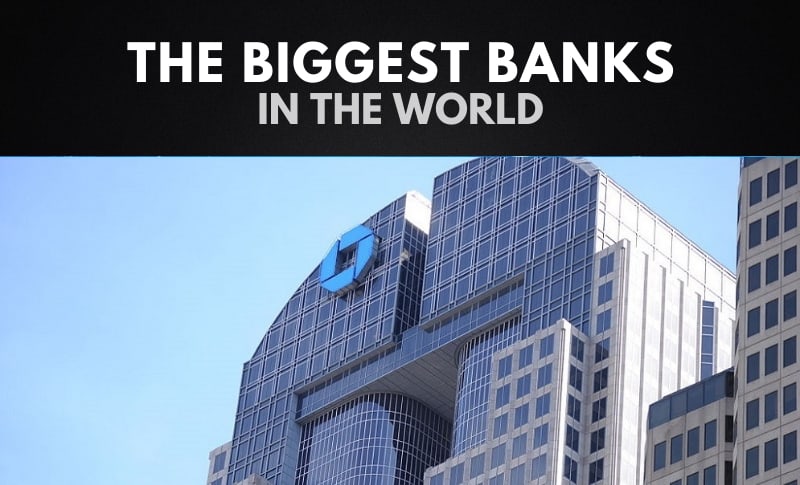In the dynamic world of finance, the stature of a bank is often measured by its market capitalization. This figure, representing the total market value of a bank’s outstanding shares, is a key indicator of its size, stability, and influence in the global economy. This article delves into an exhaustive analysis of the world’s biggest banks by market cap, offering insights into the financial giants that shape our global economy.
The Dominance of American and Chinese Banks
The landscape of the largest banks is predominantly occupied by American and Chinese institutions. This reflects the economic prowess of the United States and China, two of the world’s largest economies. Leading the pack are names like JPMorgan Chase, Bank of America, and Wells Fargo from the U.S., and Industrial and Commercial Bank of China (ICBC), China Construction Bank, and Agricultural Bank of China from China. These banks not only have colossal market caps but also extensive global operations, diverse financial services, and significant influence on international economic policies.
JPMorgan Chase: The Colossus of Global Banking
JPMorgan Chase, often leading the charts, is a prime example of banking excellence. With a market cap that frequently surpasses $400 billion, it represents the pinnacle of financial might. The bank’s vast array of services, including investment banking, asset management, and retail banking, coupled with its global presence, makes it a formidable player in the finance world.
China’s Banking Giants: ICBC and China Construction Bank
The Industrial and Commercial Bank of China (ICBC), with a market cap often exceeding $300 billion, is a testament to China’s growing financial influence. It’s closely followed by China Construction Bank, another behemoth in the banking sector. These institutions play crucial roles in financing China’s expansive infrastructure projects and supporting its economic development, both domestically and internationally.
European Banks: HSBC and BNP Paribas
Europe’s banking sector, though slightly eclipsed by its American and Chinese counterparts, still boasts significant players. HSBC, headquartered in London, and BNP Paribas of France, are notable for their global operations and substantial market caps. They exemplify Europe’s longstanding tradition of banking and finance, playing vital roles in international trade and investment.
The Role of Technology in Banking Evolution
In the era of digital transformation, technology has become a pivotal factor in the banking sector. Innovations like blockchain, artificial intelligence, and digital banking platforms are reshaping how banks operate and interact with customers. Banks that adeptly integrate technology into their services, like Goldman Sachs with its Marcus platform, are setting new standards in customer experience and operational efficiency.
Sustainable Banking: The Emerging Trend
Another critical aspect shaping the future of banking is the focus on sustainability. Banks are increasingly recognizing their role in promoting environmental and social responsibility. Initiatives like green bonds, sustainable financing, and ethical banking practices are gaining traction, influencing the policies and operations of major banks worldwide.
Investment Banking: A Key Revenue Generator
Investment banking remains a crucial revenue stream for many of the worlds biggest banks. This sector, dealing with mergers and acquisitions, equity and debt underwriting, and other corporate financial activities, is a significant profit driver for banks like Goldman Sachs and Morgan Stanley.
Retail Banking: Expanding to New Frontiers
Retail banking, the face of banking for the average consumer, continues to evolve. Banks are expanding their reach through online and mobile platforms, offering services like digital wallets, P2P payments, and personalized financial advice. This expansion not only enhances customer experience but also opens up new revenue channels for the banks.
Conclusion
The landscape of the world’s largest banks by market cap is a reflection of the broader economic dynamics. These financial institutions are not just economic entities but pivotal players in the global economy, influencing everything from international trade to personal finance. Their continued evolution, driven by technology and a focus on sustainability, will shape the future of banking and finance.

